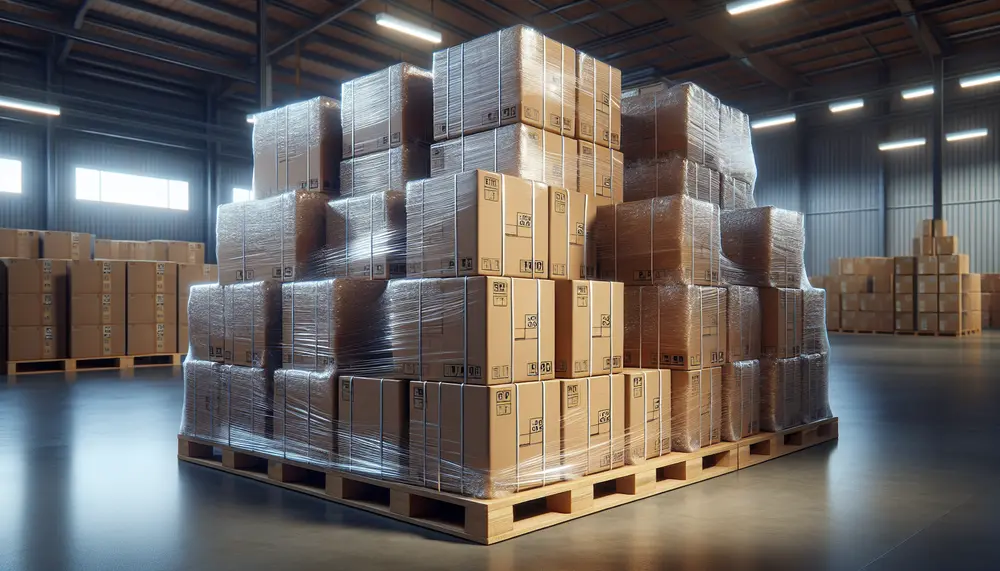Overwrapping
Overwrapping
Overwrapping
Overwrapping is a packaging technique where a film or paper wraps around a product. This method provides extra protection and enhances the product's appearance. Overwrapping is common in industries like food, cosmetics, and pharmaceuticals.
How Overwrapping Works
In overwrapping, a machine wraps a thin film around the product. The film is then sealed with heat or adhesive. This creates a tight, secure package that keeps the product safe from dust and damage.
Benefits of Overwrapping
Overwrapping offers several benefits. It protects products from contamination and extends shelf life. It also improves the product's visual appeal, making it more attractive to customers. Additionally, overwrapping can reduce packaging waste by using minimal materials.
Common Uses of Overwrapping
Overwrapping is widely used in various sectors. In the food industry, it wraps items like chocolate bars and cheese. In cosmetics, it secures products like soap and perfume boxes. In pharmaceuticals, it ensures the safety and integrity of medicine packages.
Types of Overwrapping Films
Different films are used for overwrapping. Common materials include polypropylene, polyethylene, and cellophane. Each type offers unique benefits, such as clarity, strength, and flexibility. Choosing the right film depends on the product's needs and the desired appearance.
Conclusion
Overwrapping is a versatile and effective packaging method. It provides protection, enhances appearance, and reduces waste. Understanding the benefits and uses of overwrapping can help businesses choose the best packaging solution for their products.

